The classification of ceramic balls is usually determined based on the differences in quality, performance, and use, and can be further divided into different grades according to chemical composition, mechanical strength, physical properties, and usage.
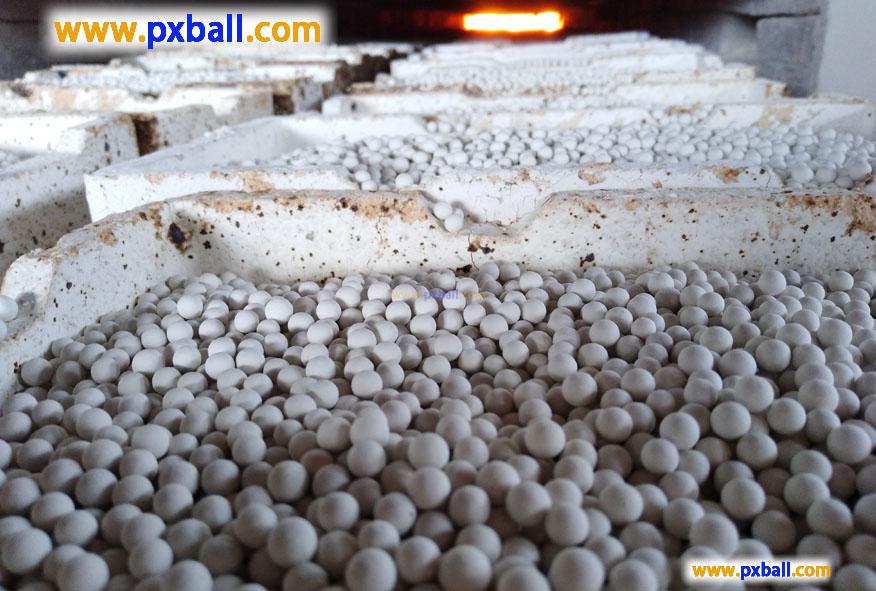
Ceramic balls are classified by chemical composition and purity.
High-purity ceramic balls: These ceramic balls are generally made from high-purity raw materials, such as alumina ceramic balls made from alumina with a purity of 90%-99%. They have extremely low impurity content and excellent chemical stability, allowing them to maintain their performance in harsh chemical environments without reacting with other substances. They are commonly used in precision instruments with extremely high purity requirements, such as high-end chemical catalysts. - For example, in some semiconductor manufacturing processes, high-purity ceramic balls are used to ensure that the grinding medium does not introduce impurities and affect the quality of the semiconductor chip.
Common-purity ceramic balls: These ceramic balls are made from raw materials with relatively lower purity and may contain certain impurities. However, they can still meet the needs of general industrial applications. Their purity is usually between 23% and 45%, and their chemical stability and performance are slightly weaker than those of high-purity ceramic balls, but their cost is also lower. They are commonly used in grinding, polishing operations in ordinary mechanical processing, or as fillers in some chemical production processes where purity requirements are not particularly high.
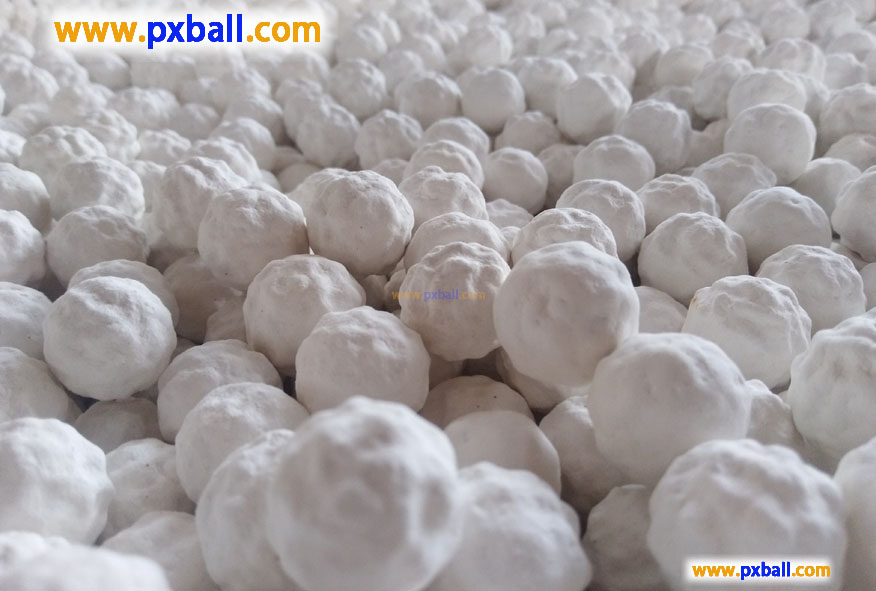
Classified by mechanical strength
High-strength ceramic balls: have higher compressive strength, impact resistance and other mechanical performance indicators. For example, alumina ceramic balls have compressive strength of several hundred megapascals, which can withstand large external forces without breaking or deforming easily. They are used in applications where high pressure and impact resistance are required, such as the filler in high-pressure reactors in the petrochemical industry, or in the bearing parts of heavy machinery, where ceramic balls need to have strong mechanical strength to ensure the normal operation of equipment.
Ordinary strength ceramic balls: have relatively weaker mechanical strength, with compressive strength and other indicators significantly lower than high-strength ceramic balls, which may be in the range of several hundred megapascals. They are suitable for applications where the pressure and impact resistance are relatively smaller, such as as the grinding medium in ordinary grinding equipment, or in the bearing parts of small equipment.
Classified by Physical Properties
High-precision Ceramic Balls: Have extremely high standards in terms of dimensional accuracy, roundness, and surface roughness. For example, dimensional accuracy can be controlled within ±0.001mm, roundness deviation is very small, and surface roughness reaches an ultrafine level. This grade of ceramic balls is mainly used in high-precision bearings, precision components in aerospace and other fields, which can provide very low friction coefficient and high operational stability to ensure the reliability of equipment in high-speed and high-precision operation.
Ordinary Precision Ceramic Balls: Have relatively general specifications in terms of dimensional accuracy, roundness, and surface roughness. Dimensional accuracy may be around ±0.01mm, roundness deviation and surface roughness are also larger than those of high-precision ceramic balls. They are commonly used in bearings of general industrial equipment and general mechanical transmission devices, although their performance is not as good as that of high-precision ceramic balls, but can meet the needs of conventional industrial operation.

Classify by purpose and functionalities.
Catalyst ceramic balls:which are loaded with catalytic active components inside, can play a catalytic role in specific chemical reactions;
Heat-storing ceramic balls: with good heat-storing performance, can be used in related heat exchange applications.
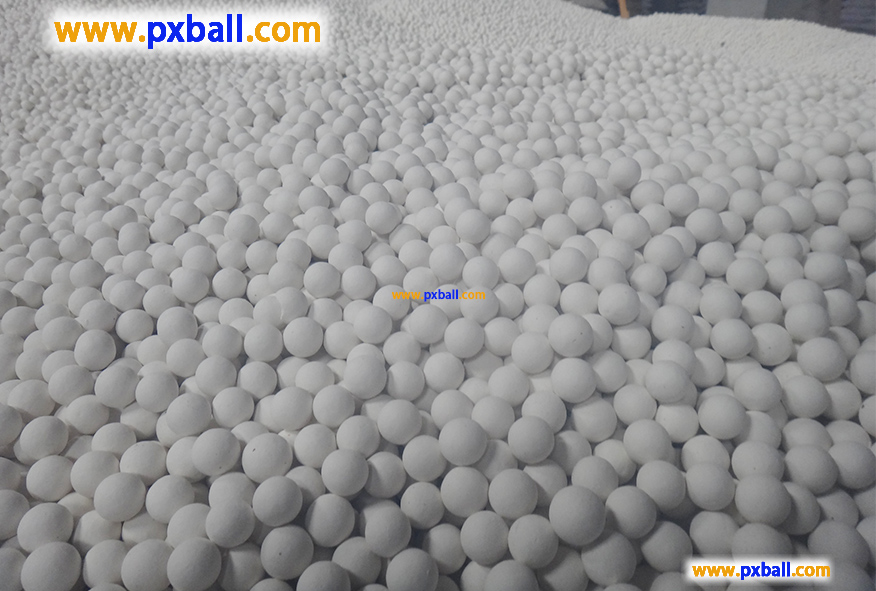
Catalyst Inert Ceramic Packing Process
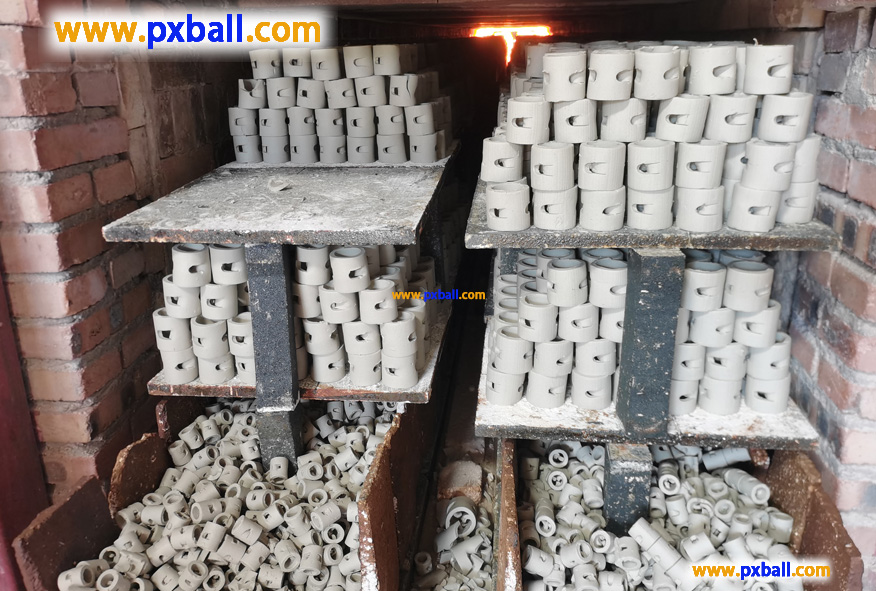
Is ceramic an inert waste?
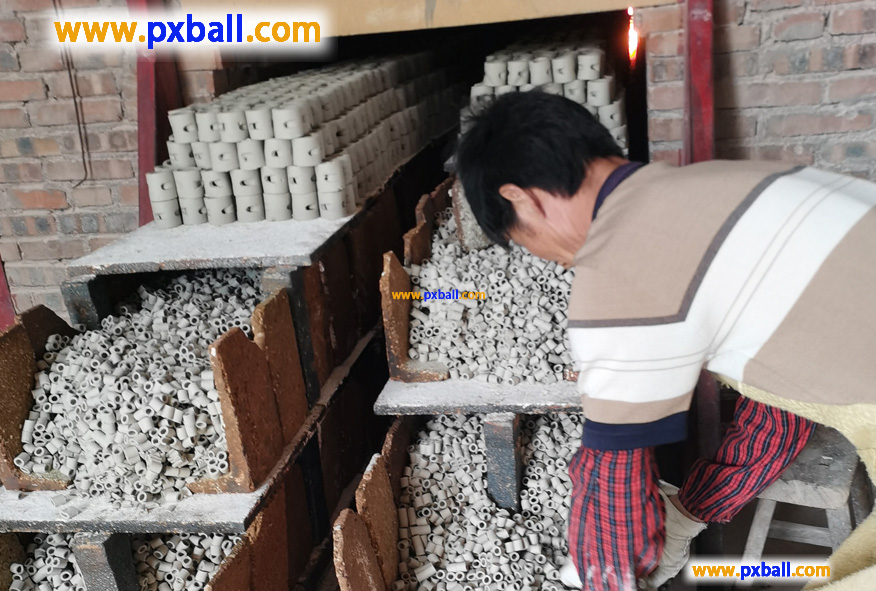
Are ceramics chemically inert?
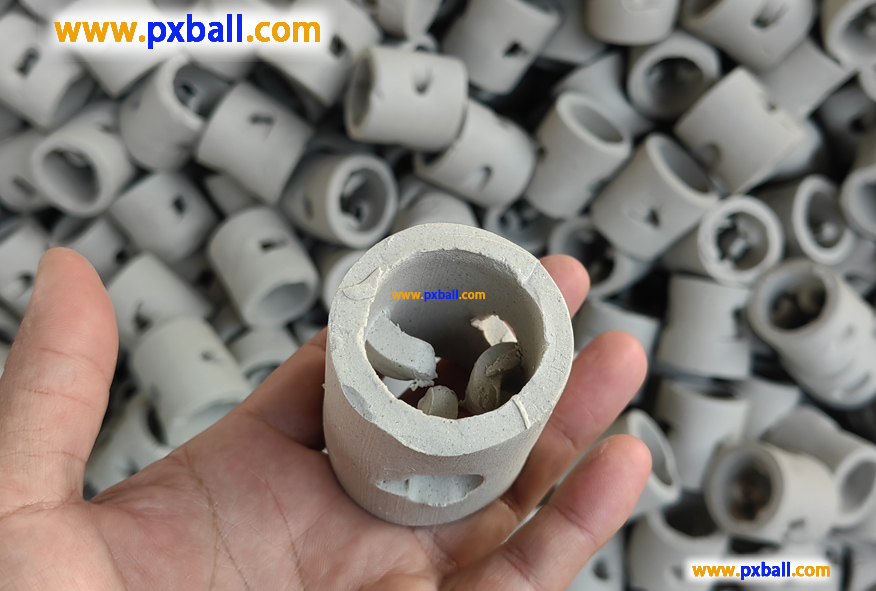
What is inert ceramics?

inert alumina ceramic ball density

Why do inert ceramic balls emphasize the level of aluminium content?
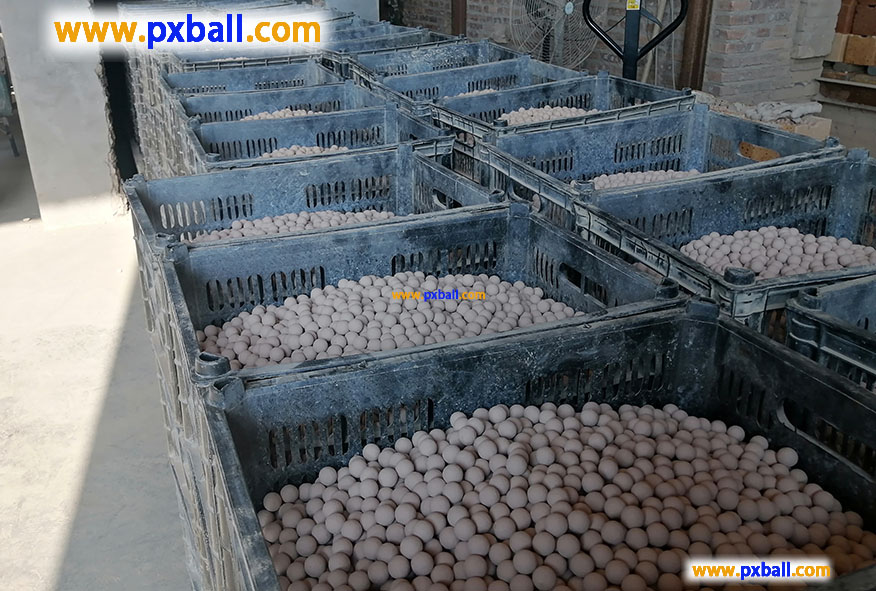
What are alumina ceramic balls used for?
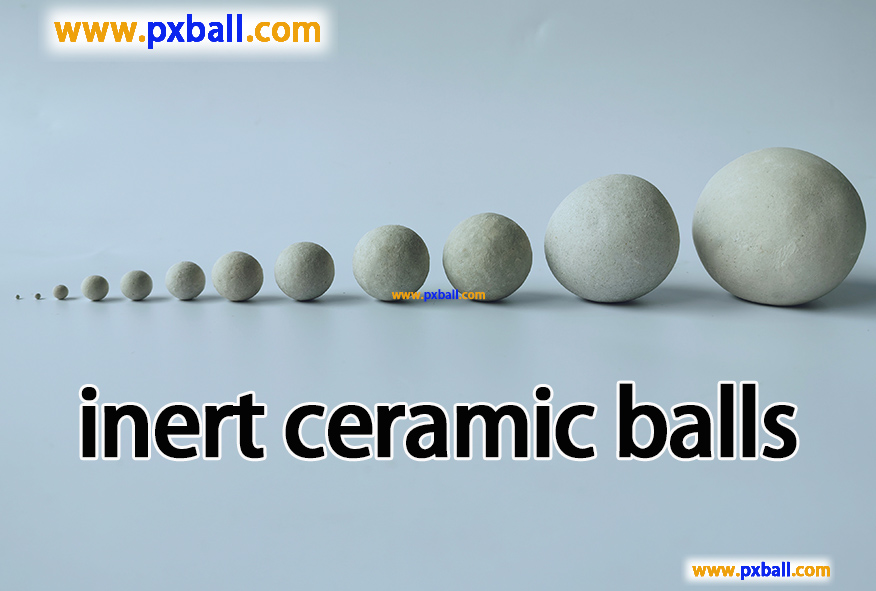
What is inert ceramic ball?